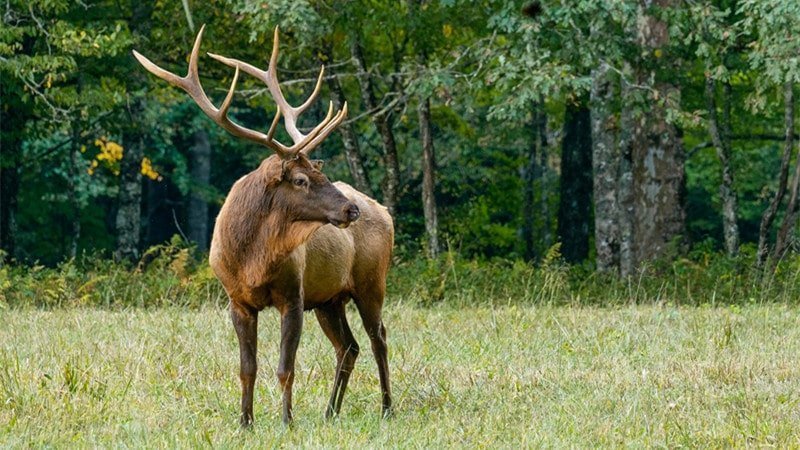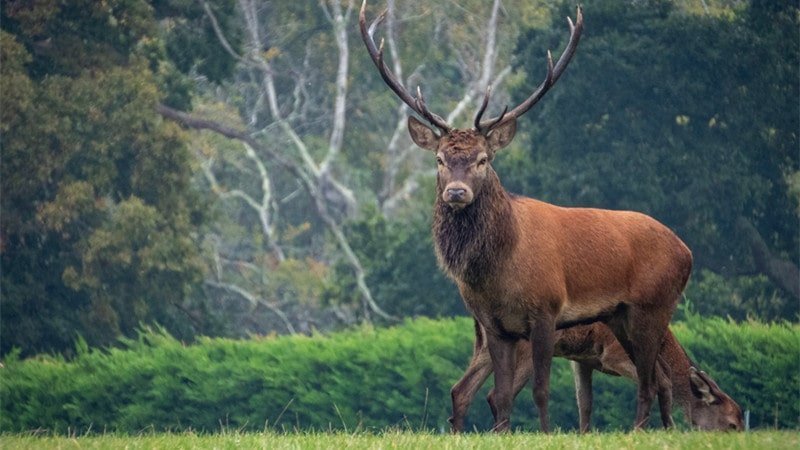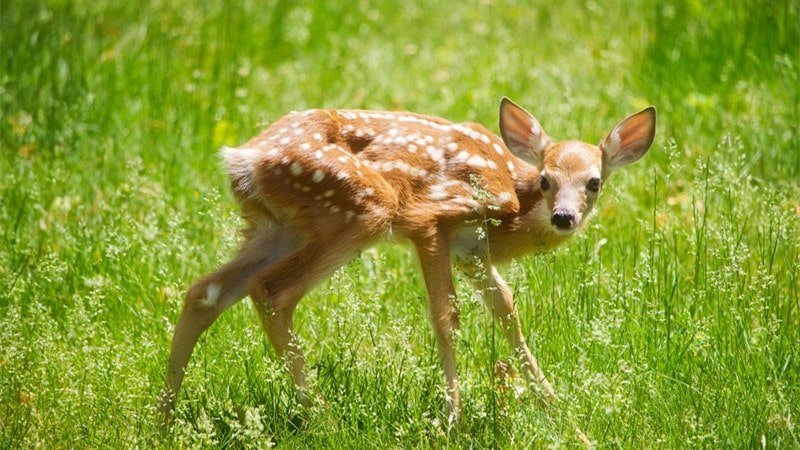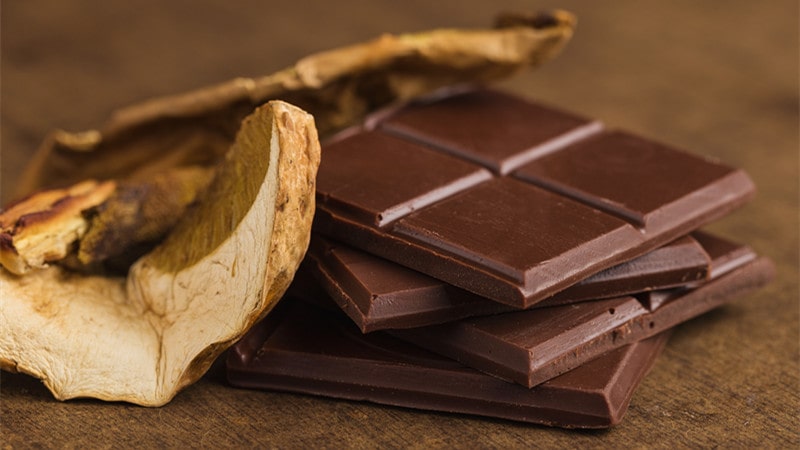Whether you own a small-scale sanctuary or you live in an area where deer and other wild animals roam around freely in people’s backyards and want to feed them, there are specific steps you need to follow to feed deer in your backyard. Continue reading to know what to feed deer in your backyard.
Should You Feed Deer?

According to the New York State Department of Environmental Conservation (DEC), you shouldn’t feed deer in your backyard or at the park because you could be hurting them instead of assisting them.
DEC discourages the idea of bringing deer together to feed them because it puts them at risk of contracting communicable diseases like a chronic wasting disease from infected deer. In 2002, this state department prohibited the feeding of deer anywhere in the state.
However, it recently adopted new regulations that provide a clear definition of what constitutes illegal feeding of deer in the state. For instance, it allows bird feeders to provide food for deer, even if they aren’t purposely feeding deer. This regulation clarifies that it is illegal for bird feeders to feed deer only if they have been previously warned by DEC against it in writing.
This helps to address nuisance situations without preventing bird feeding. The new regulation provides several other exceptions including planting plants associated with horticulture or agriculture, plants meant to improve wildlife habitat conditions, and feeding livestock.
This regulation further establishes measures for using certain pesticides and devices that eliminate ticks on deer, even if they use corn to attract deer.
According to the new regulation, any packaged food for sale that is labeled as an edible attractant for wild deer or moose must have a clear message indicating that its use is illegal in New York. Many other American states have almost similar regulations. Therefore, you need to understand what the law says about feeding deer in your state before you feed them.
What Do Deer Eat?

Deer are hoofed ruminant mammals belonging to the Cervidae family. There are two main groups of deer: Cervidae and Capreolinae. The Cervidae group comprises the muntjac, elk, red deer, and the fallow deer, while Capreolinae includes the reindeer, roe deer, moose, and the white-tailed deer.
Both groups are herbivorous, meaning that they feed on plants, including grass, sedges, leaves, shoots, and other forest plants. Some deer also eat fruits and berries. When these foods are scarce, deer feed on tree bark. That’s why the feeding habits of deer are usually considered detrimental to the woodland ecosystem.
They feed on young trees, preventing the natural development (natural regeneration) of new trees and forests. If they are in large numbers, deer will feed on different plants, including those that sustain other wildlife like birds and insects. They will also eliminate plants that offer birds and other smaller animals shelter.
Best Things to Feed Deer With

Seeing deer in your backyard early in the morning is one of the most serene and majestic marvels you can ever witness. But if you would like to feed these wonderful creatures, you need to choose the foods carefully. Fortunately, there is a wide range of foods that you can feed deer in your backyard.
As mentioned above, deer are herbivorous animals and primary eaters. Therefore, they like to feed on plants, nuts, and fruits. But since deer are seasonal feeders, they face drought at certain times of the year, especially in the cold season. That’s when you will find them strolling casually in your backyard. This is the best time to feed them.
Another important point to keep in mind when looking for the best food to feed deer with is the fact that deer are “concentrate selectors”. This means that they are a special kind of herbivores that like to stretch their necks and muzzles up high into trees to pick specific types of foliage and fruits. In most cases, deer prefer to feed on stems and leaves because they are juicier.
Also, understand that deer are ruminators. This means that they eat fast when they find food and ruminate it when they are resting. Overall, if you can’t find shrubs and trees to feed your deer, you should give them nuts, acorns, and fruits.
The best fruits to feed deer with include grapes, plums, blackberries, mulberries, pears, and apples. In fall, give them pears and apples because they help them to store enough fat to help them survive the winter. In terms of nuts, deer love acorns and chestnuts because they are low in tannin, which slows down digestion. So, don’t try to feed them with exotic nuts.
Although deer eat grass, they won’t generally go for it when the other aforementioned foods are readily available. They mainly feed on grass when they are young because it’s easier to digest. But that doesn’t mean that you will never find mature deer feeding on grass, especially if it’s the only available option at the moment.
If you are planning to give the deer in your backyard cereals, such as oats, rye, and wheat, think again because deer can’t digest cereal. Nevertheless, certain types of grain are especially easy on the stomach, including rice.
What to Feed Baby Deer

Baby deer consume two containers of milk every day. Therefore, you can feed them with goat milk or any fawn replacement milk. This milk is readily available in stores, including tractor supply stores. Just ask for wildlife replacement milk with fawns on the label.
When you are feeding a newborn deer, add at least seven drops of lactate to the formula. However, if the fawn is too young, don’t add anything solid to the formula. As the fawn grows, add some solid foods to its formula, including baby rice and baby cereals. But make sure it’s thoroughly mixed before you feed it to your baby deer.
The mixture should have a pudding-like consistency before you feed it to your deer. Since deer love sweet tastes, you can add ripe bananas to the formula to sweeten it. But stir it properly until it liquefies. You can even blend it if you have a blender.
Before you feed the formula to the baby deer, heat it. Pour it into a baby bottle and feed your baby deer. When feeding the deer, keep the feeding bottle up high because they are used to feeding while their mother is standing.
If the deer is older, you can feed them with chopped carrots and apples. Just pick up the pieces and stick them in their mouths.
What Not to Feed Deer

Never feed deer with hay, potatoes, corn, kitchen leftovers, lettuce add-ons or any animal proteins from animals turned into feed. Deer can easily starve if fed supplemental foods during winter, especially if their bellies are full of indigestible foods. Many deer have starved to death, with their stomachs packed with hay.
As the winter approaches, the bacteria within the deer’s stomach change, allowing deer to eat a diet of woody browse and transform the high-fiber diet to protein. Don’t give deer in your backyard sheep feed because it lacks enough dietary copper and protein needed by deer for maximum antler growth. Also, avoid giving your deer dairy feed because they are commercially formulated to increase milk production.
These feeds also lack the necessary starch-to-fiber ration and trace mineral fortification that deer need for superior antler development. Horse feeds aren’t an option either because they are too starchy for deer. Just find high-quality feed specifically formulated for deer.




